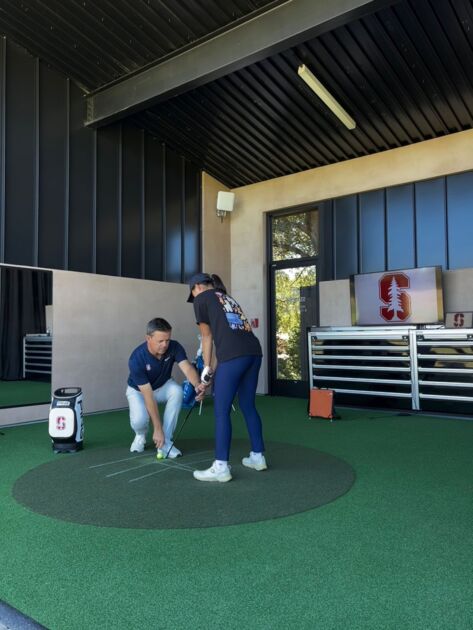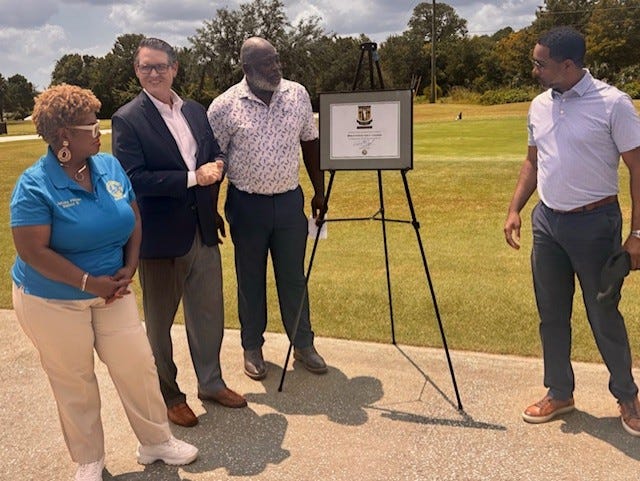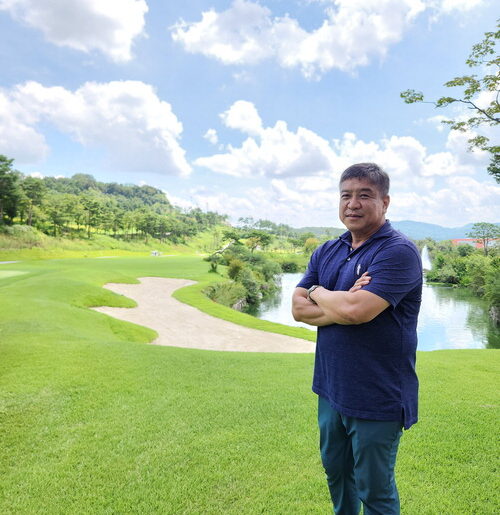Once upon a time, a teenage Richard Sheridan would drive over 250 miles from Dorset to Leeds – and back again – for a single lesson with his coach Dennis Sheehy. The experience might have cost him a week’s wages but it helped to set him on a varied and extraordinary path to where he is now: living in California and working as the Director of Instruction at Stanford University.
In between times, he would:
• Turn professional at 17
• Join The PGA programme
• Work at The Wisley under Denis Pugh
• Move to Dubai to work at Butch Harmon’s school
• Work in Australia
• Relocate to China to work with the national team and coach the Olympic bronze medallist Lin Xiyu
• Move to the St Andrews Links Golf Academy
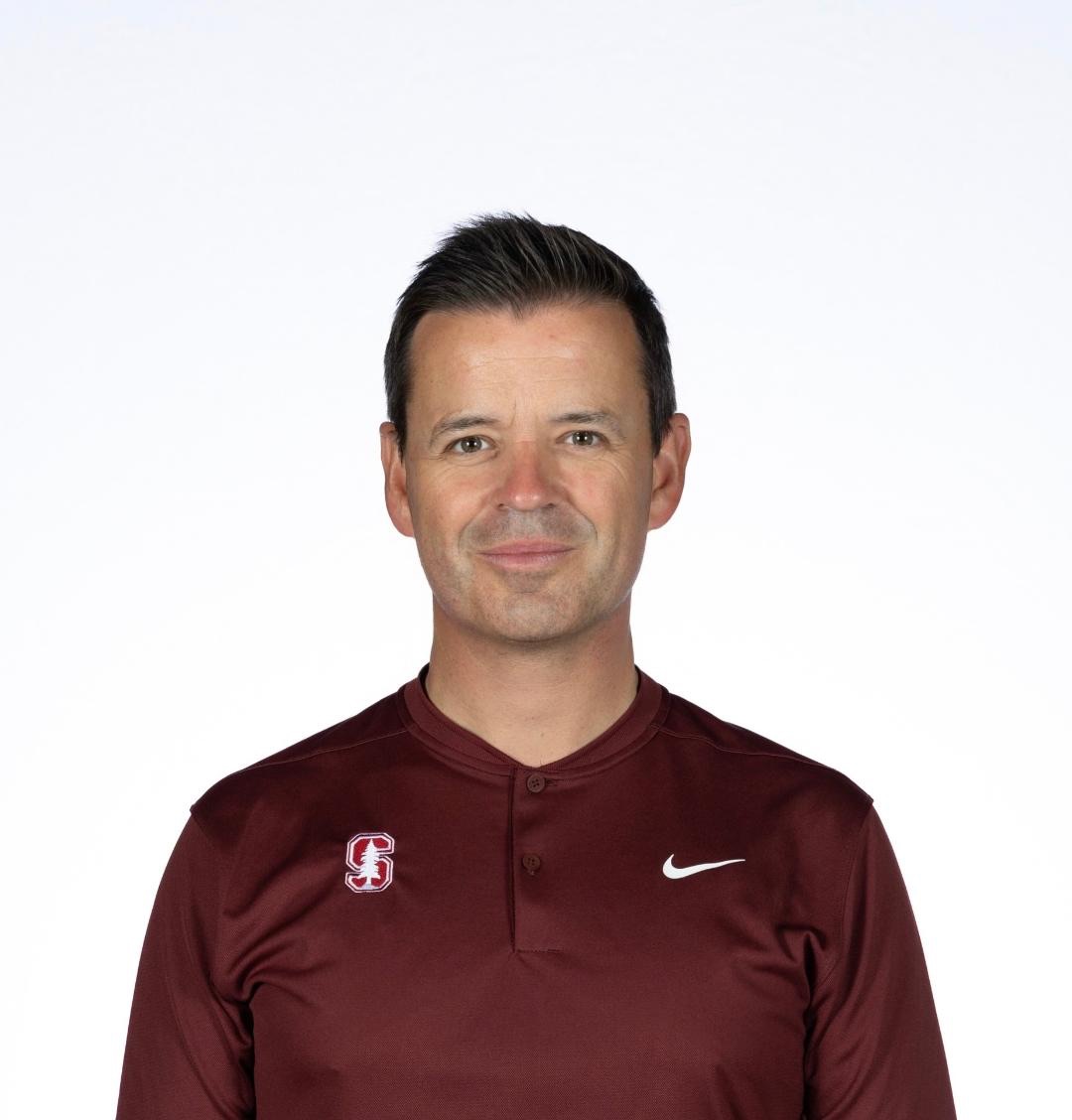
In 2017, Sheridan made the switch to the United States, and specifically The Olympic Club in San Francisco. In his time there he was recommended to coach a member of the Stanford women’s team and that grew to Sheridan becoming a volunteer coach at the world-renowned university.
In those four years, the team won two national titles. He was then offered his current position in September 2024, completing what has been a fascinating career journey to this point.
What precisely is your role at Stanford?
Stanford has several golf facilities; the course, public driving range, learning centre and the team training ground. My role is the Director of Instruction at the public facility and to put in place a programme for the university and the local community.
How many golfers do you have at Stanford?
We have 18,000 members. Whether you are a current student, past student, member of staff or work for the faculty, you can use the course. The course sees approximately 50,000 rounds played a year and the learning centre is full every day. It’s a great location and the weather’s really good so it’s a popular place.
What is your vision for the programme?
There’s an extensive renovation plan across the whole golf department at the moment. They’re renovating and expanding the clubhouse next year and then next on the list is the learning centre. The goal is to have the premier practice facility on the peninsula.
In the past year I’ve been cleaning up the existing facility, putting instruction and club-fitting programmes in place and building a team. I took one of my assistants from Olympic Club, Greg Paterson, who I also worked with at St Andrews, and I’ve brought him down to Stanford. We have a good team and up-to-date teaching facilities, so business is growing all the time.
What other factors have helped you to reach your current position?
I’ve always had a good thirst for knowledge and I’ve always tried to learn. When I was younger I would read a lot and go to seminars that The PGA put on. In recent years, especially during my time in America, there are so many great instructors and most of them are willing to share their knowledge. I’ve brought these instructors in and I’ve used them as an education tool, not just for myself and my staff, but also for members of the golf club and clients. We’ve hosted seminars and clinics and that’s been really useful. I’ve hosted maybe 15 of the top coaches in the country at Olympic and soon to be at Stanford as well. It’s been a valuable learning experience.
What is the process for recruitment and building a team?
I haven’t hired that much and I’ve only brought in a couple of people that I have known for some time. However, the people who I have hired all have a great work ethic and they always want to learn and do things better. I’ve hired Greg twice now and I had Tom Johnson as one of my hires at Olympic and he’s recently moved onto the Meadow Club which is one of the best private clubs in the area.
I would say to anyone to try to build that network as best you can. You never know who you’re going to meet so be nice to people, and send emails and thank-yous. Eventually, opportunities will come your way.
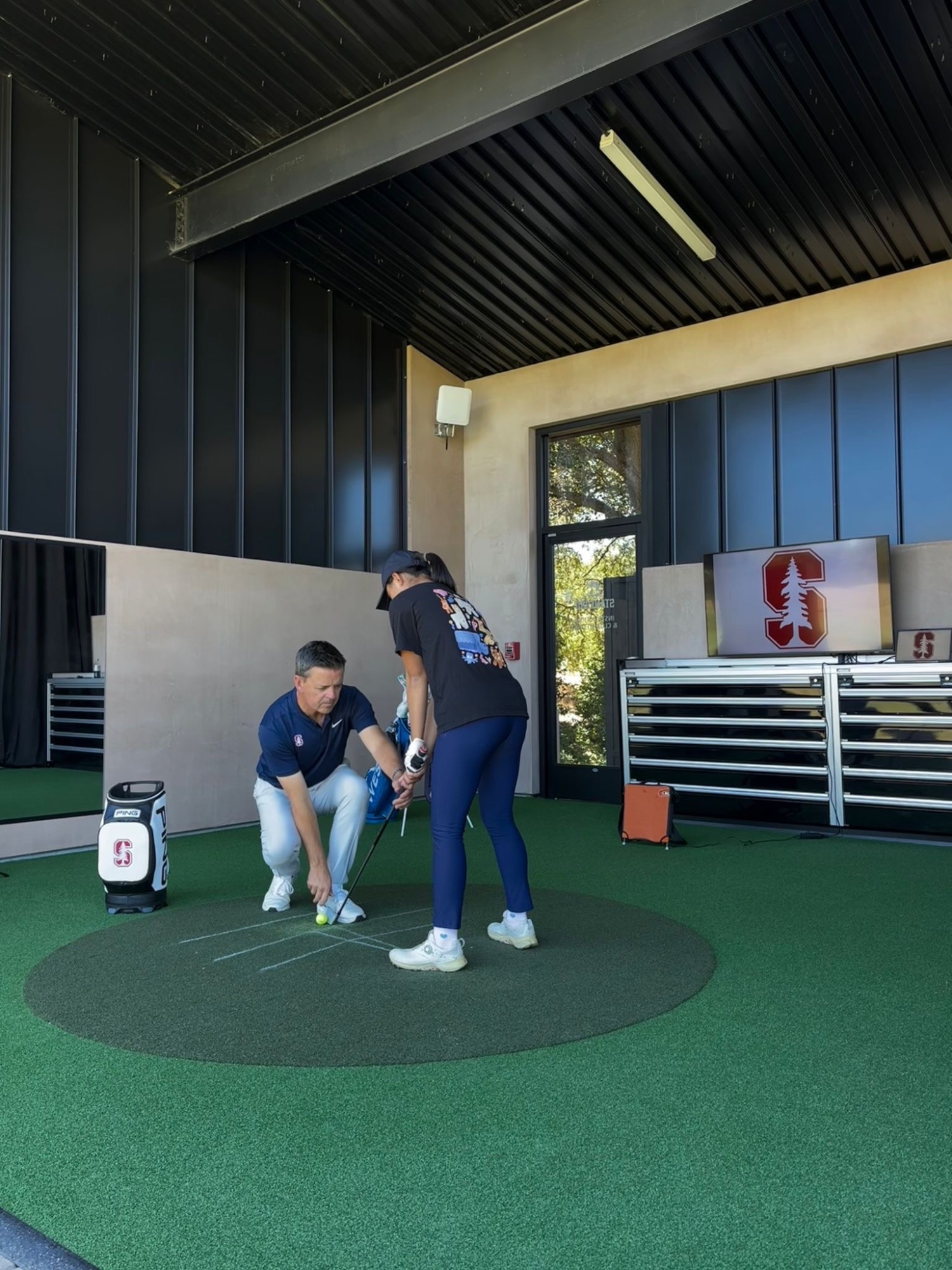
As a PGA Advanced Professional, how much has Excel helped you in your various positions?
I originally applied for the Advanced status in 2015 and it was really big help in the first place because that status helped towards my original case for my visa application. When you apply, you have to be able to prove that you stand out from the crowd. They call it extraordinary ability and that helps you show that you’ve got an international award to recognise your work in the industry.
For me, it’s been very helpful and it helped build my case for working and living over here and eventually getting my green card. If you want to work in the States, having something like this on your resume is great, because like it helps you to stand out.
Also, some of us in this industry are dipping into several areas and not specialising in one area. With Excel, it helps you to focus on one thing and you can try and be as successful as you can in that area. The framework gives you a pathway towards that and helps people recognise your dedication to that area, whether you’re trying to recruit clients or looking to stand out to an employer.

